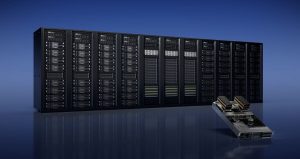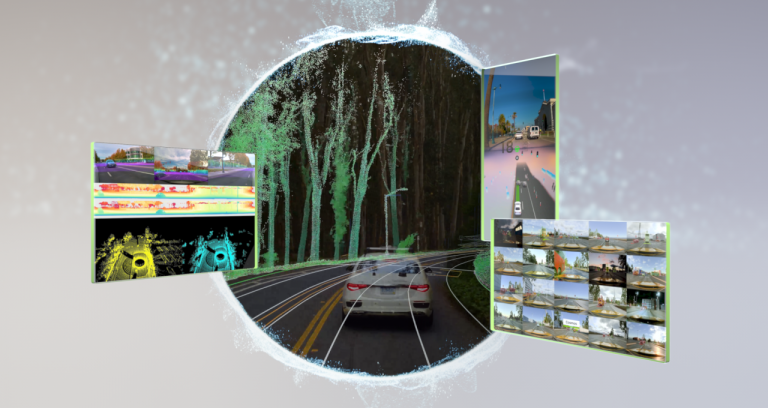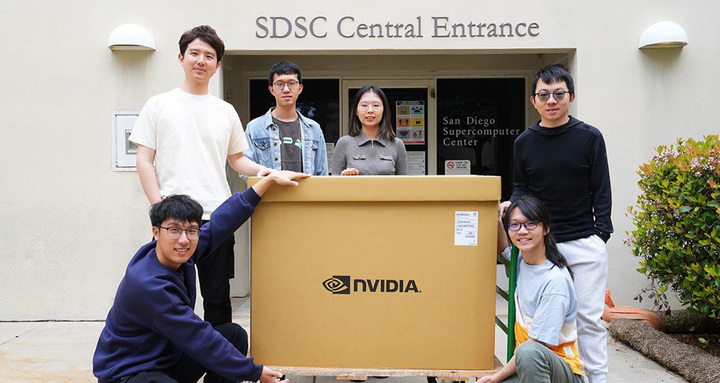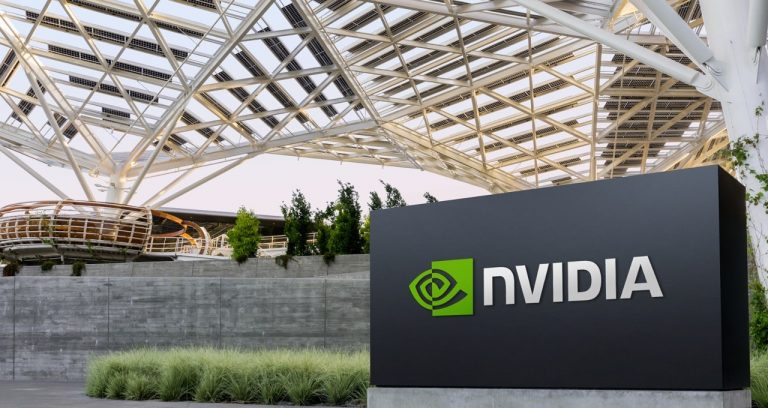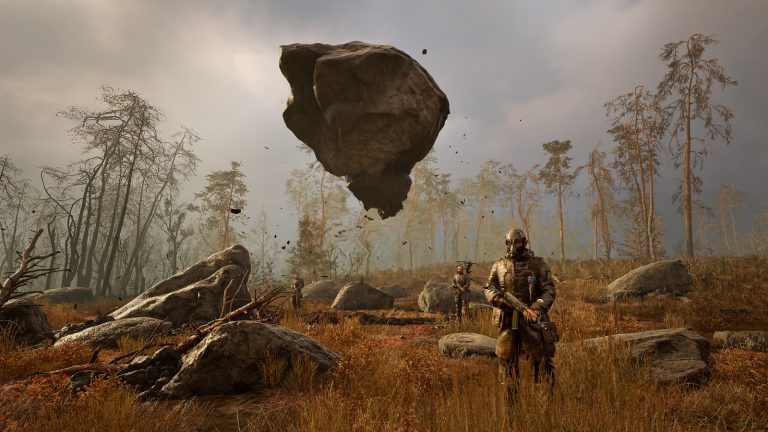The latest advances in quantum computing include investigating molecules, deploying giant supercomputers and building the quantum workforce with a new academic program.
Researchers in Canada and the U.S. used a large language model to simplify quantum simulations that help scientists explore molecules.
“This new quantum algorithm opens the avenue to a new way of combining quantum algorithms with machine learning,” said Alan Aspuru-Guzik, a professor of chemistry and computer science at the University of Toronto, who led the team.
The effort used CUDA-Q, a hybrid programming model for GPUs, CPUs and the QPUs quantum systems use. The team ran its research on Eos, NVIDIA’s H100 GPU supercomputer.
Software from the effort will be made available for researchers in fields like healthcare and chemistry. Aspuru-Guzik will detail the work in a talk at GTC.
Quantum Scales for Fraud Detection
At HSBC, one of the world’s largest banks, researchers designed a quantum machine learning application that can detect fraud in digital payments.
The bank’s quantum machine learning algorithm simulated a whopping 165 qubits on NVIDIA GPUs. Research papers typically don’t extend beyond 40 of these fundamental calculating units quantum systems use.
HSBC used machine learning techniques implemented with CUDA-Q and cuTensorNet software on NVIDIA GPUs to overcome challenges simulating quantum circuits at scale. Mekena Metcalf, a quantum computing research scientist at HSBC (pictured above), will present her work in a session at GTC.
Raising a Quantum Generation
In education, NVIDIA is working with nearly two dozen universities to prepare the next generation of computer scientists for the quantum era. The collaboration will design curricula and teaching materials around CUDA-Q.
“Bridging the divide between traditional computers and quantum systems is essential to the future of computing,” said Theresa Mayer, vice president for research at Carnegie Mellon University. “NVIDIA is partnering with institutions of higher education, Carnegie Mellon included, to help students and researchers navigate and excel in this emerging hybrid environment.”
To help working developers get hands-on with the latest tools, NVIDIA co-sponsored QHack, a quantum hackathon in February. The winning project, developed by Gopesh Dahale of Qkrishi — a quantum company in Gurgaon, India — used CUDA-Q to develop an algorithm to simulate a material critical in designing better batteries.
A Trio of New Systems
Two new systems being deployed further expand the ecosystem for hybrid quantum-classical computing.
The largest of the two, ABCI-Q at Japan’s National Institute of Advanced Industrial Science and Technology, will be one of the largest supercomputers dedicated to research in quantum computing. It will use CUDA-Q on NVIDIA H100 GPUs to advance the nation’s efforts in the field.
In Denmark, the Novo Nordisk Foundation will deploy an NVIDIA DGX SuperPOD, half of which will be dedicated to research in quantum computing as part of the country’s national plan to advance the technology.
The new systems join Australia’s Pawsey Supercomputing Research Centre, which announced in February it will run CUDA-Q on NVIDIA Grace Hopper Superchips at its National Supercomputing and Quantum Computing Innovation Hub.
Partners Drive CUDA Quantum Forward
In other news, Israeli startup Classiq released at GTC a new integration with CUDA-Q. Classiq’s quantum circuit synthesis lets high-level functional models automatically generate optimized quantum programs, so researchers can get the most out of today’s quantum hardware and expand the scale of their work on future algorithms.
Software and service provider QC Ware is integrating its Promethium quantum chemistry package with the just-announced NVIDIA Quantum Cloud.
ORCA Computing, a quantum systems developer headquartered in London, released results running quantum machine learning on its photonics processor with CUDA-Q. In addition, ORCA was selected to build and supply a quantum computing testbed for the UK’s National Quantum Computing Centre which will include an NVIDIA GPU cluster using CUDA-Q.
Nvidia and Infleqtion, a quantum technology leader, partnered to bring cutting-edge quantum-enabled solutions to Europe’s largest cyber-defense exercise with NVIDIA-enabled Superstaq software.
A cloud-based platform for quantum computing, qBraid, is integrating CUDA-Q into its developer environment. And California-based BlueQubit described in a blog how NVIDIA’s quantum technology, used in its research and GPU service, provides the fastest and largest quantum emulations possible on GPUs.
Get the Big Picture at GTC
To learn more, watch a session about how NVIDIA is advancing quantum computing and attend an expert panel on the topic, both at NVIDIA GTC, a global AI conference, running March 18-21 at the San Jose Convention Center.
And get the full view from NVIDIA founder and CEO Jensen Huang in his GTC keynote.

